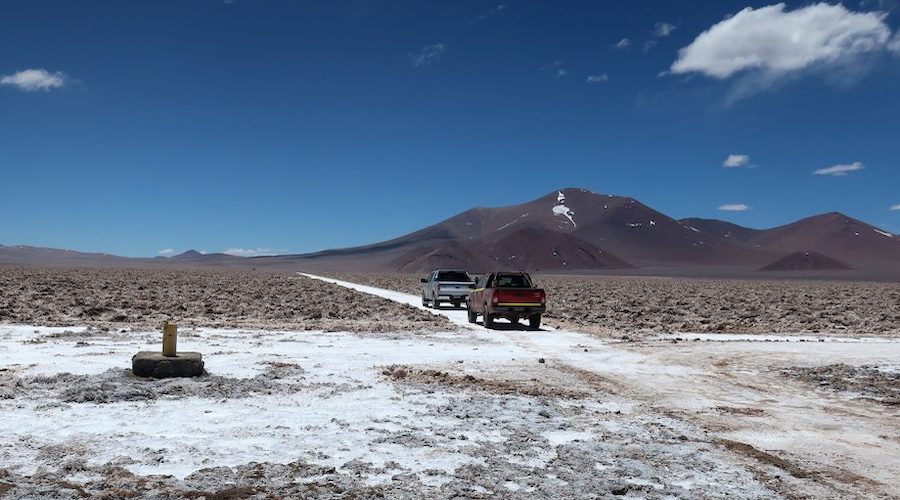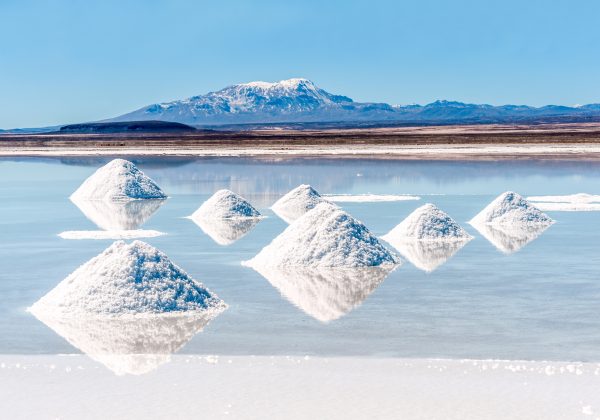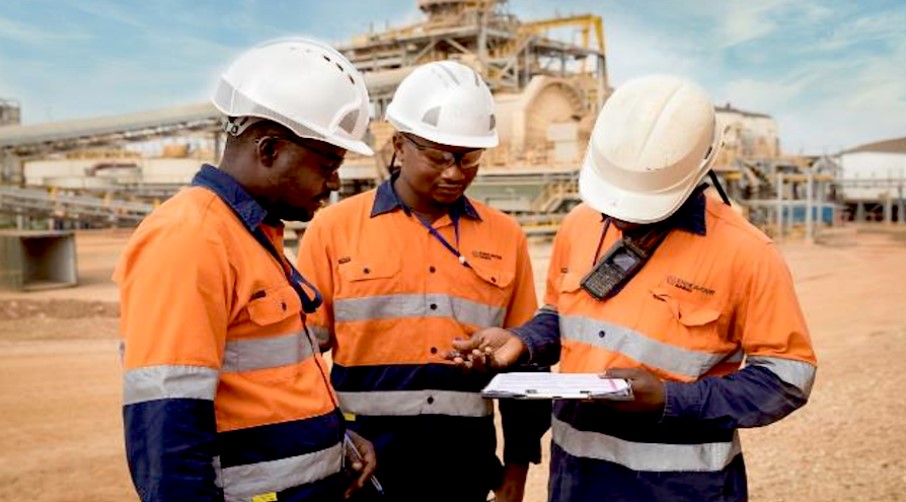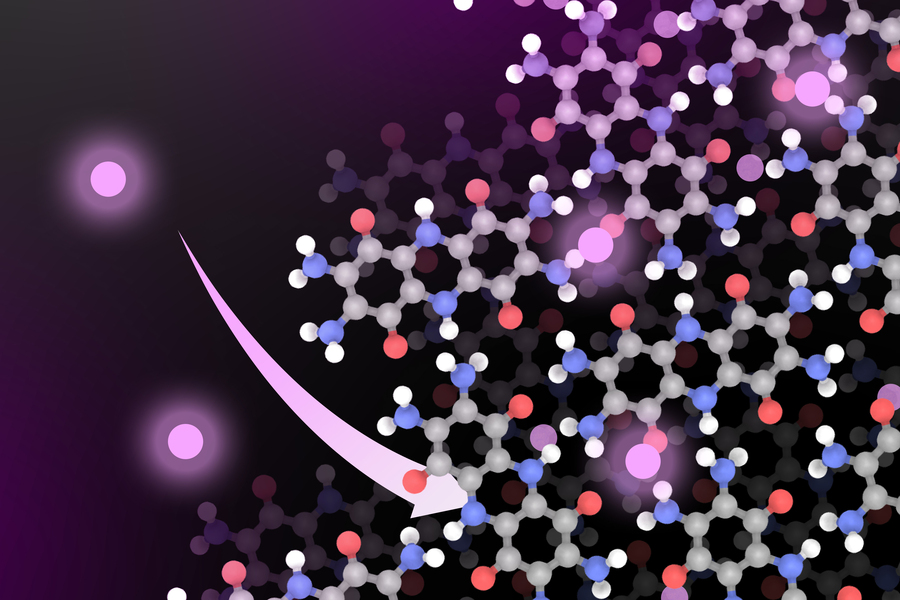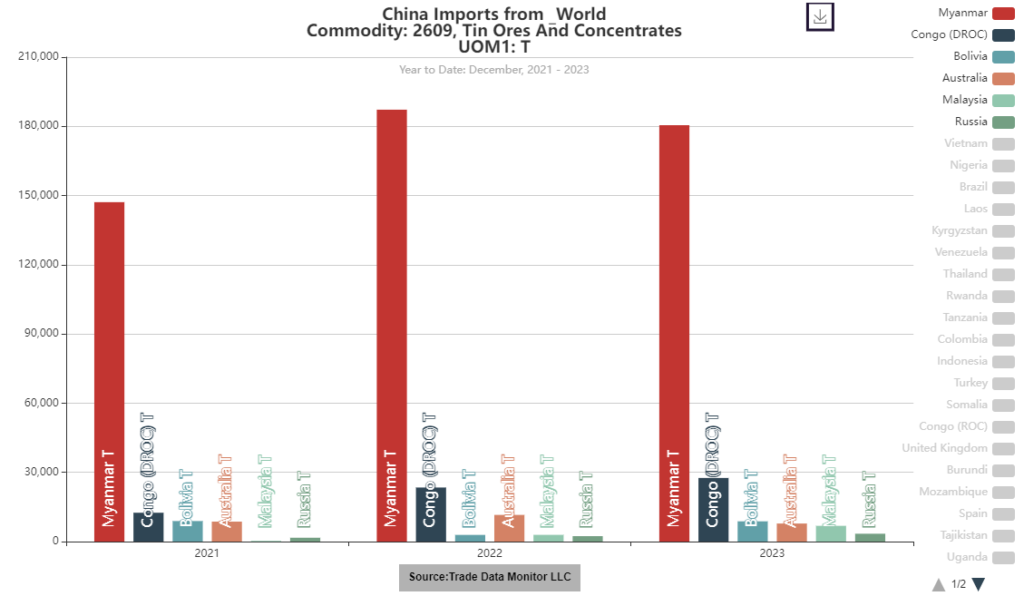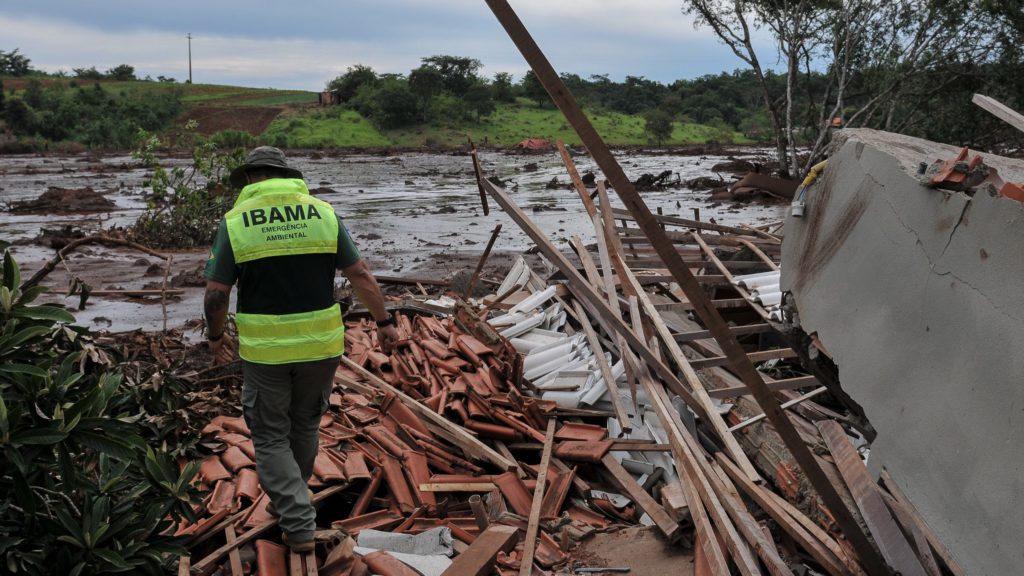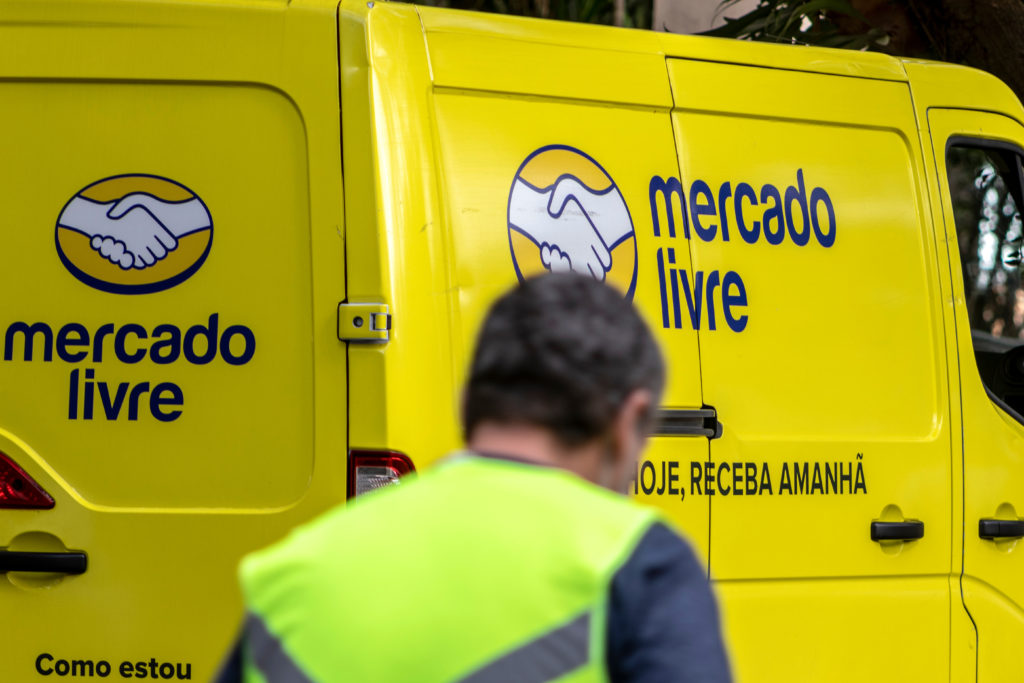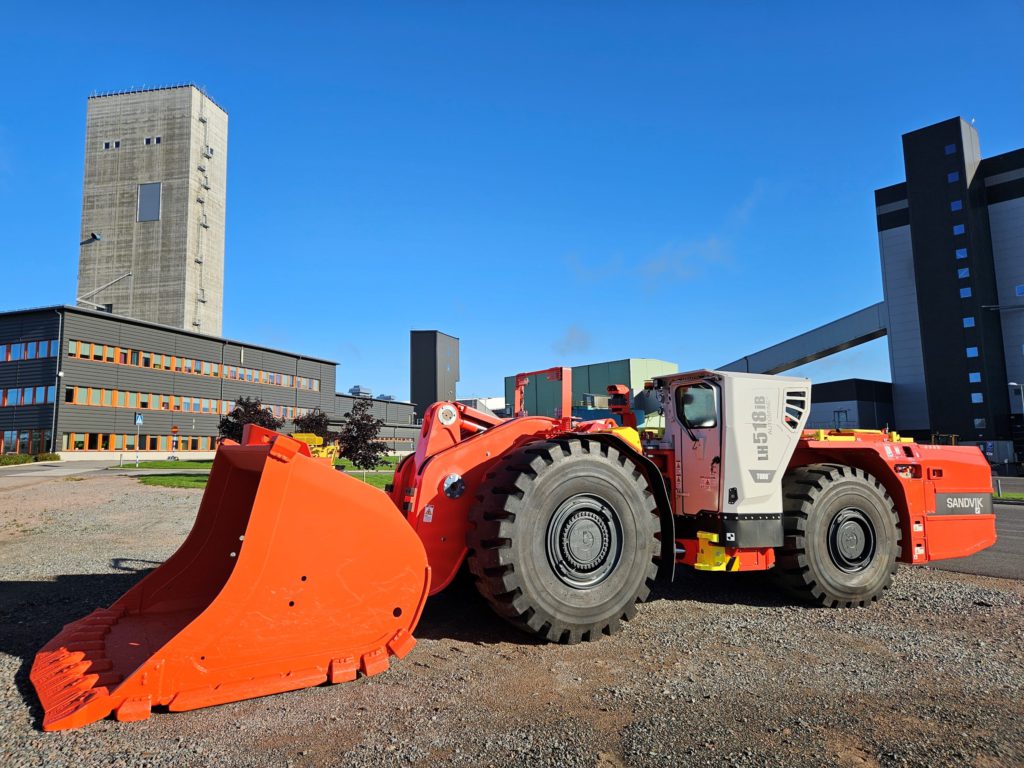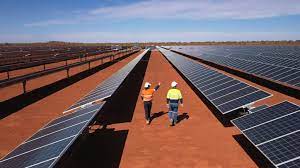NIALL MCGEE
STEFANIE MAROTTA
ERIC REGULY
Bank of Montreal late last week terminated four mining bankers in Toronto and another two resigned after allegations of bullying and harassment of a colleague, four sources told The Globe and Mail, behaviour the bank is calling “completely unacceptable.”
The targeted individual was a young male investment banker in the Toronto office of BMO’s mining group. The individual was subject to homophobic slurs, and targeted both in person and virtually on Teams chats, the sources said.
The Globe is not identifying the sources because they were not authorized to speak publicly.
declined to comment on the specifics of the alleged harassment of the victim, the bank acknowledged a serious incident took place. BMO said the victim raised concerns, and that the bank terminated a number of individuals who allegedly engaged in the behaviour, after an internal probe.
“An employee escalated a complaint that alleged completely unacceptable behaviour,” John Fenton, head, media relations with BMO, wrote in a statement to The Globe.
“We take matters of misconduct very seriously. An investigation was launched immediately. Six individuals are no longer with the bank.”
Four of the six were terminated and two resigned, a source familiar with the matter said.
Mr. Fenton added that all BMO employees are expected to meet the bank’s standards of respect, inclusivity and professionalism.
“Breaches of this standard are not tolerated and are subject to disciplinary actions up to and including termination of employment.”
Five of the six were junior bankers in the metals and mining division, and the other was a director responsible for overseeing the juniors, sources said.
BMO declined to comment on individuals who were no longer with the bank because of the incident, citing individual privacy constraints.
BMO Nesbitt Burns is a global leader in mining banking and regularly advises Canada’s biggest mining companies on mergers and acquisitions. Last year, BMO advised a special committee of the board of Teck Resources Ltd. in its US$8.9-billion deal to sell its coal division to Glencore PLC. BMO also prides itself on arranging financings for mining companies worth billions every year. Last September, it acted as lead bookrunner for Robert Friedland’s Ivanhoe Electric Inc. in a US$184-million capital raise.
The terminations of the BMO bankers took place not long after Dan Barclay retired as chief executive officer of the investment bank after a more than three decade career.
Alan Tannenbaum, who had been with the company since 2010, replaced Mr. Barclay in November.
Last Friday, the day after the terminations, Mr. Tannenbaum, who is CEO and group head, capital markets, with BMO Nesbitt Burns, in a weekly memo to staff dispensed with his usual jovial tone and instead started off with a stern message to staff.
He said that he’d been doing “some reflecting” on the bank’s culture and wanted to stress that BMO should be an inclusive environment “where we all feel safe.”
“Any inappropriate behaviour that undermines our culture and reputation will not be tolerated. The consequences are serious and broad reaching,” he said.
He also encouraged people to raise alarm bells when they notice bad behaviour in the workplace.
“It’s our responsibility to act and behave according to our code of conduct. It’s also our responsibility to speak up when something doesn’t seem right,” he said.
Investment banking is known as a lucrative, but competitive industry. Junior bankers are expected to put in extremely long hours. Most start out as analysts in their 20s, working for senior bankers, preparing materials such as slide shows that are used in presentations to clients.
